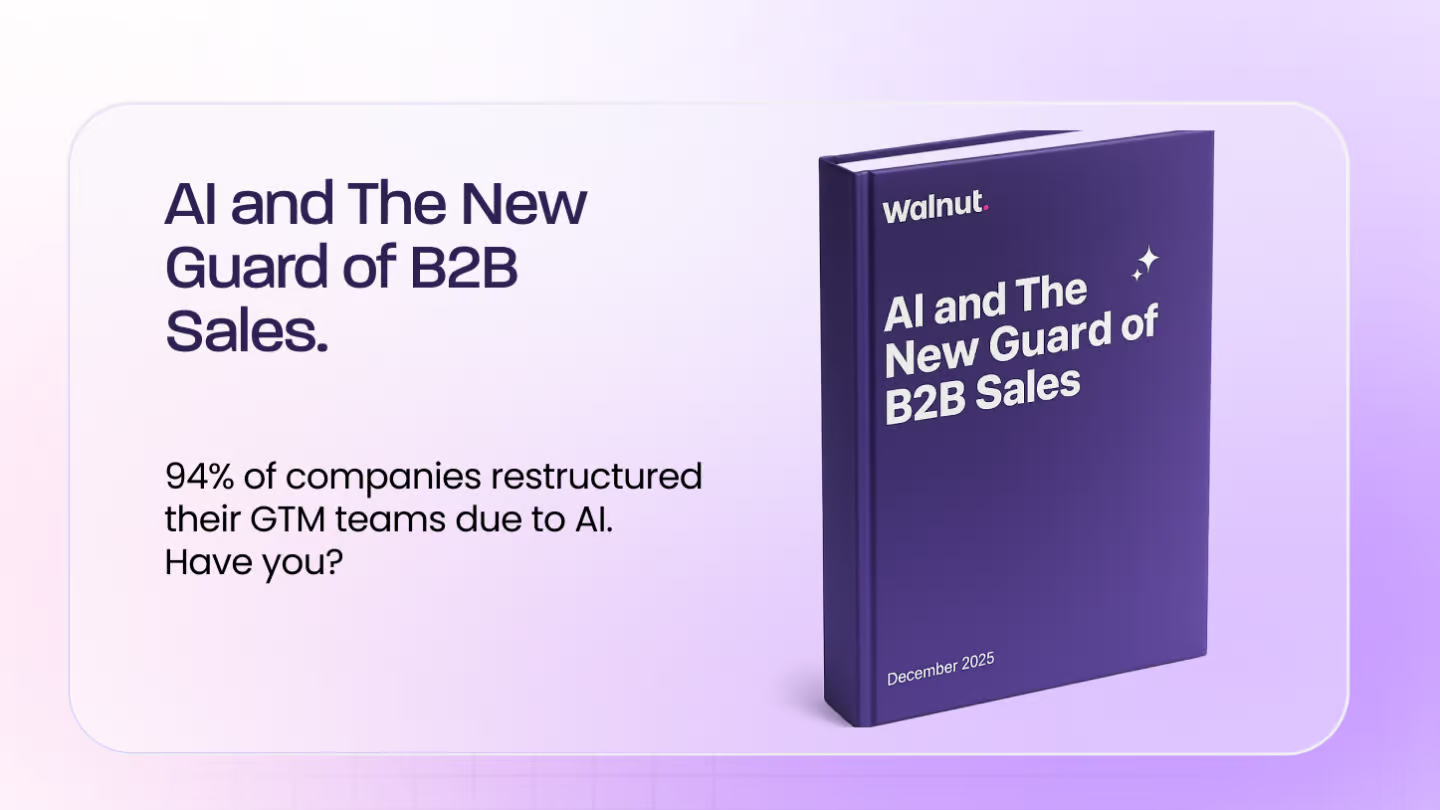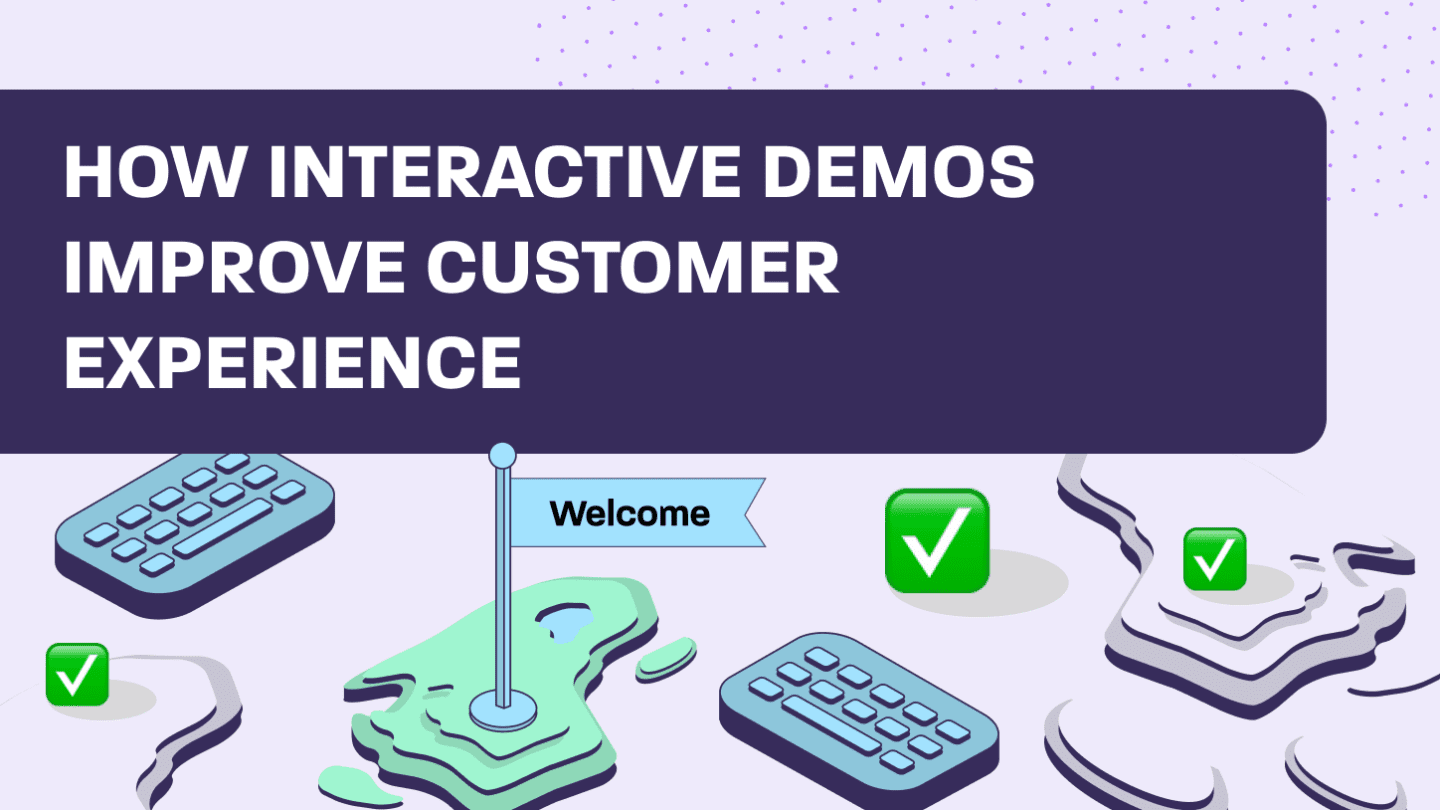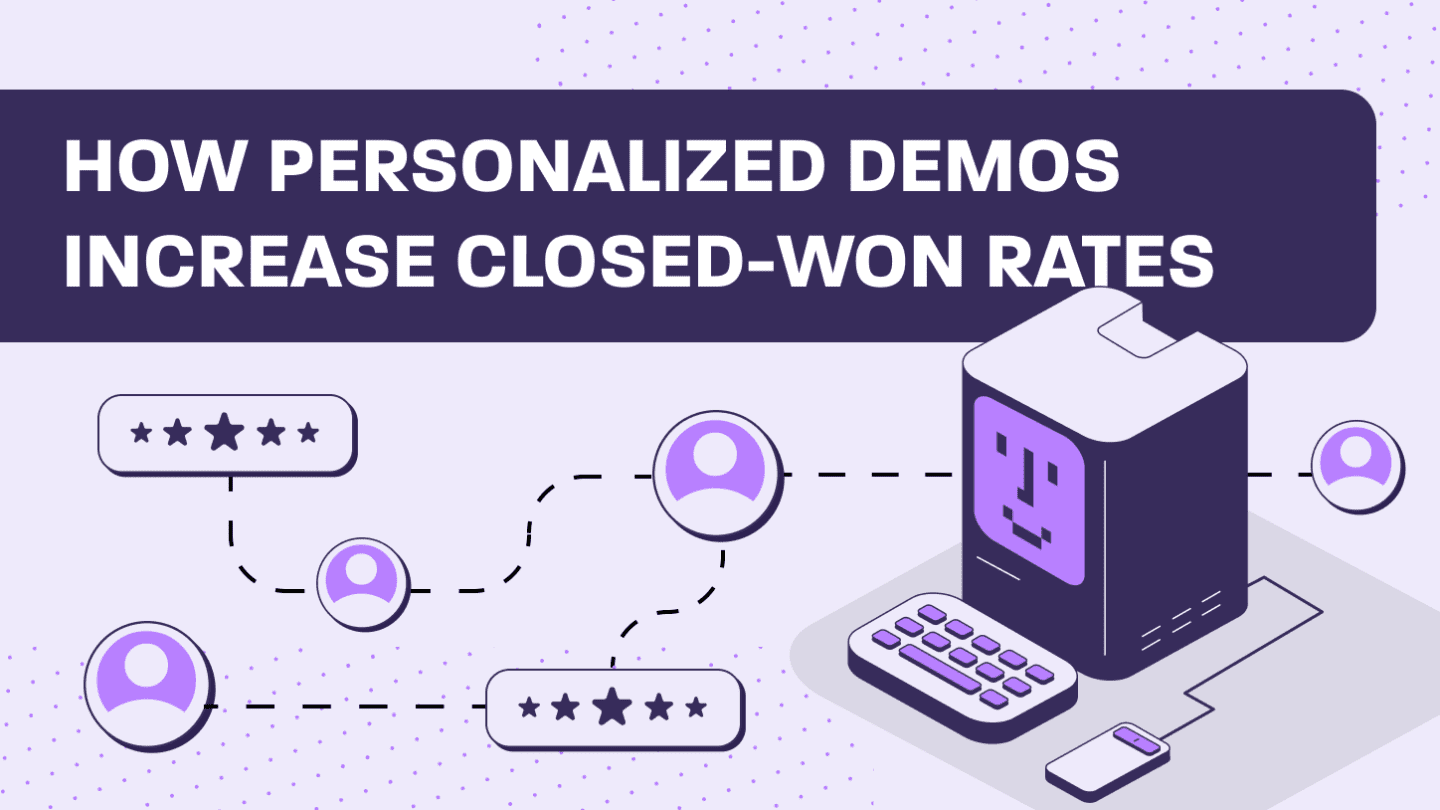Negotiating can be a tricky and sometimes drawn-out process. You may spend weeks, if not months, pursuing a lead only for them to go cold.
Or, you enter a negotiation and end up getting drawn into last-minute discounting just to get the sale to close. For rookies, this is when the negotiation can start to fall apart. You either lose the deal, or you discount too heavily, drastically reducing your profit margin.
Learning how to handle the tough questions is the key to successfully negotiating SaaS contacts. This article offers quick tips for negotiating SaaS sales. If you want to reduce your sales cycle, avoid discounting, and close more deals, you’ll love the actionable techniques in this handy guide.
What are SaaS sales?
SaaS sales refer to selling a software-as-a-service product to customers.
People tasked with SaaS sales focus on getting new customers and upselling new services to existing customers. They can either focus on inbound sales or outbound sales, depending on whether the leads are internally gathered or require a rep to make cold calls or emails to find new potential customers.
5 reasons SaaS sales negotiation is essential for B2B
Good negotiations contribute significantly to the success of your SaaS business success—and this is especially true in B2B.
Why? Because they:
- Encourage you to foster better relationships
- Ensure you offer valuable solutions that meet the needs of the client
- Eliminate conflicts downstream due to misselling
- Reduce your sales cycle
- Remove the need to heavily discount your offering to close the deal
10 expert tips negotiate SaaS sales
Want help negotiating saas agreements for your SaaS? Here are nine tactics for preparing for and negotiating SaaS sales.
1. Arm your team with powerful tools
In order to properly negotiate, you need to make sure your sales and presales teams have all the best tools to get the outcome you want.
Entice your prospects to enter the negotiations already madly in love with your product. You can do this by sending interactive product demos that showcase your unique solutions that they can play with and share with their team. You can also encourage your marketing team to embed a product walkthrough directly on your company website.
Gather insights and data about your prospects from the way they used your demo. Learn about the tools they loved and the team members that are interested. Then, you can come to the negotiations armed with more information about what they love and how much they love it.
2. Empower your sales team with a sales playbook
Increase your close rate by creating a sales playbook that includes resources to complement your negotiations. An effective playbook can be a fundamental part of the whole sales process and any future negotiation with potential SaaS clients.
For you and your team to answer any question or objections, you should create a complete sales playbook that will have all the right resources to help you negotiate in real-time. While negotiating, you can use your sales playbook to include statistics, data, examples, and case studies relevant to this type of prospect.
You can dramatically increase your close rate by pre-preparing documents, so you have everything you need on hand to handle objections, respond to questions, and win the deal. You won’t waste time searching for information, and you can use the data to analyze and improve your process along the way.
3. The joy of giving
In a negotiation, your prospect may ask you to offer something as a concession, whether it’s a discount, a freebie, or more favorable terms. That’s okay—as long as you know how to respond.
If you need to give something away to seal the deal, always ask for something in return. If not, you’re starting the relationship off on the wrong foot; the prospect thinks you’re a pushover, and they will probably ask for further discounts down the road.
Suppose the prospect wants a 10% discount—no problem, on a six-month term. You’ve neatly swerved any friction, and everybody wins.
4. Never split the difference
It’s pretty standard for a buyer to suggest a lower price they are willing to pay. A rookie salesperson may want to take the line of least resistance and simply offer to split the difference.
For example, if the product price is $10,000 and the buyer offers $5,000, you may be tempted to split the difference and suggest $7,500. Boom, the sale is done.
Right? Wrong.
By immediately stooping to a price 25% lower than your actual price, you take a huge hit on your profit margin. While it may have seemed like the quickest way to close the deal, it may surprise you how effective a far smaller discount could have been.
5. Always consider your profit margin
Buyers are usually trying to get the best deal possible, which means getting the most they can by spending the least amount of money. That means they’ll likely push you to cut a bit out of the price or request some extra features and freebies.
If (or when) this comes up, make sure you’re armed and ready. The best sales pros know the red lines that they absolutely cannot cross and are ready with the perfect rebuttal.
The customer wants to feel like they’ve gotten the best deal available, you want to close the deal—but you also want to protect your margins. The answer is finding a feature or product that you can throw in at the last minute that increases the perceived value of the sale but doesn’t cost you anything.
Consider holding a must-have feature back and only including it if this tricky situation comes up mid-way through a negotiation. All you need to do is research all of your features and find one you think is enough of a lever to pull to tip the buyer over the edge.
6. Don’t be afraid to say no
You’ve done the legwork. You’ve emailed, nurtured, followed up, and called. You’ve sent engaging, personalized, interactive sales demos that show the prospects exactly how your SaaS product can solve their pain points. You can sense the lead is on the verge of closing.
But during the call, the lead begins to object to the pricing. They are negotiating hard and asking for discounts. You know how close to the sale you are, but it’s going down a pricing rabbit hole.
You need to be ready to say no—and firmly at this point in the negotiation. No ifs, ands, buts, or maybes. The very best negotiators know exactly when to say no, and they stick to their guns.
It may surprise you how many buyers cave when you’re confident in your negotiation.
7. Encourage your team to be transparent
Unfortunately, the impression many people have of sales professionals is that they’d tell prospects misleading information or plain lies just to get the deal. And yeah, this may get you the sale, but it’s creating a future PR disaster, risking negative reviews, refunds, or worse.
In most cases, prospects will appreciate an honest human approach. Be fair but firm about what you need and what you expect from your client as a form of negotiation.
Consider using the challenger sale technique to educate the prospect to rethink their pain points so that you can create a real human connection, mutual interest, and respect.
Be transparent about your terms, policies, features, benefits, and pricing to negotiate successfully. You want happy customers who purchase for the right reasons with all the information they need.
If you don’t know the answer, it’s okay to say, “I don’t know, let me check and get back to you. I want to help both of us close this deal.”
Not only is this the right thing to do, but it’s also how you build credibility, encourage repeat customers, and ensure referrals. It’s truly a win-win.
8. Identify and solve customer’s pain points
To be successful in a negotiation, you need to identify your customer’s pain points and position your product as the solution. Early in the negotiation, when you begin to build a relationship with the lead, be confident to ask probing questions to learn more about what they are trying to solve.
The best SaaS negotiators don’t rush to sell the product’s virtues. They spend time listening to the buyer and understanding their pain points. By taking a step back to do this, you set future negotiations up for success as you can perfectly align your solution with their pain.
9. Keep up with the competition
When you are on call negotiating with a prospect, you need to remember you are not negotiating in a silo. You have competition.
Once the lead ends their call with you, they have other options to consider. The buyer will consider everything you tell them, every feature of your product and your price point, against the context of your competitors.
In other words, when negotiating, always consider what the lead’s other options are if they do not go with your offering. What is their next best alternative—and how can you let them know that it has nothing on you?
Be ready to answer questions about how you stack up against the competition on the call. If you can provide a solid answer along with data-driven proof, you’ve taken a massive leap forward in the negotiation process.
10. Always negotiate with the decision-maker
This one should go without saying, but it’s important nevertheless—always make sure you deal with the decision-maker. If you spend time emailing or calling the wrong person, it’s a huge waste of your finite time.
You’ve come to the end of your negotiations (using all of the tips above!), and you hear the dreaded line: “Sounds great, but I need to check with my boss, manager, CFO, friend, sister, cat” —you get the idea. Alas, you’re right back to square one.
In the best-case scenario, you have to go through part of the negotiation process again. In the worst case, you get a flat-out no from the decision-maker. You want to get to the final answer as soon as possible to save your time and reduce your sales cycles.
Negotiate on your turf
SaaS negotiations are a cutthroat world. You need to be on top of your game to succeed.
To set the tone of your SaaS negotiations, make sure you are properly prepared. This might consist of personalized interactive demos, clear discovery call scripts, high-converting email templates, clear pricing strategies, and more.
With a platform like Walnut, you can engage your prospects early in the sales process, solve their pain points, provide value, and learn about their needs. This will make sure you show up to the negotiation stage ready to convert your prospects into happy customers.
If you haven’t yet, book a meeting with us now by clicking that big purple “Get Started” button on the top of the screen.





